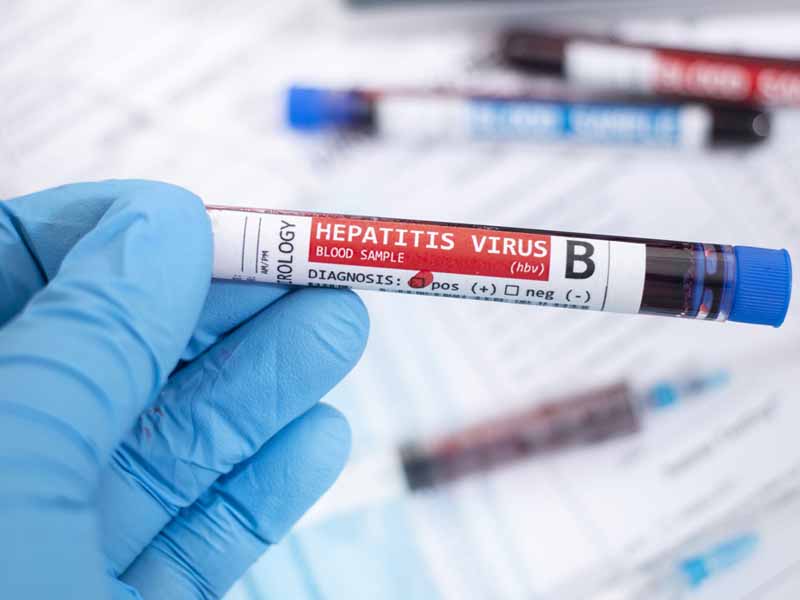USPSTF Draft Recommendation
USPSTF: Screen for HBV Infection in People at Increased Risk
May 12, 2020 01:52 pm News Staff – According to the CDC, hepatitis B virus is the second-most common cause of viral hepatitis in the United States. About 22,000 people become infected with HBV each year, and because many of those who are infected don't show signs or symptoms of infection, they may unknowingly spread the virus to others. That lack of visible signs or symptoms, coupled with research that indicates up to 25% of people with chronic HBV infection die prematurely from conditions such as cirrhosis or hepatocellular carcinoma, makes screening for HBV all the more important.

The U.S. Preventive Services Task Force weighed in on this topic on May 5 when it issued a draft recommendation statement and draft evidence review on screening for HBV infection in nonpregnant adolescents and adults on its website.
Based on its review of the evidence, the USPSTF recommended screening for HBV infection in adolescents and adults at increased risk for infection. This is a "B" recommendation.
"Fortunately, screening can detect hepatitis B in people who have it but do not show any symptoms," said task force member and family physician Chyke Doubeni, M.D., M.P.H., in a news release. "Clinicians should screen teens and adults who are at increased risk so those with hepatitis B can be treated to help reduce the likelihood of serious health problems."
It should be noted that the task force issued a separate final recommendation statement on screening for HBV infection in pregnant women in July 2019. The USPSTF recommended at that time that all pregnant women be screened for HBV infection at their first prenatal visit to prevent infection in newborns -- an "A" recommendation.
Update of Existing Recommendation
The current draft recommendation is consistent with the task force's 2014 recommendation statement on screening for HBV infection. Although the AAFP supported the 2014 recommendation statement pertaining to high-risk individuals, the Academy recommends against routinely screening the general asymptomatic population for chronic HBV infection.
STORY HIGHLIGHTS
To update the recommendation statement, the USPSTF commissioned a systematic evidence review of eligible studies published between 2014 and August 2019. The review included 22 new studies, along with 28 studies from the previous review.
The task force found a lack of evidence on the clinical benefits and harms of HBV screening versus no screening. Specifically, no randomized controlled trials comparing screening with no screening exist to provide direct evidence of the benefits of screening, and no RCTs comparing screening with no screening exist to offer direct evidence of the harms of screening.
Regarding treatment options, antiviral therapy for chronic HBV infection using first-line therapies such as nonpegylated interferon and entecavir was effective in achieving intermediate outcomes such as histologic improvement and viral suppression. Other studies found associations between various improved intermediate outcomes and clinical outcomes such as lower risk for cirrhosis or hepatocellular carcinoma.
USPSTF members recommended that more research be conducted to clarify the effects of screening and subsequent interventions on clinical outcomes and to identify optimal screening strategies.
Up Next
The USPSTF is accepting comments on the draft recommendation statement and draft evidence review until 8 p.m. EDT on June 1. All comments received will be considered as the task force prepares its final recommendation.
The AAFP will review the USPSTF's draft recommendation statement and supporting evidence and will provide comments to the task force. The Academy will release its own recommendation on the topic after the task force finalizes its guidance.